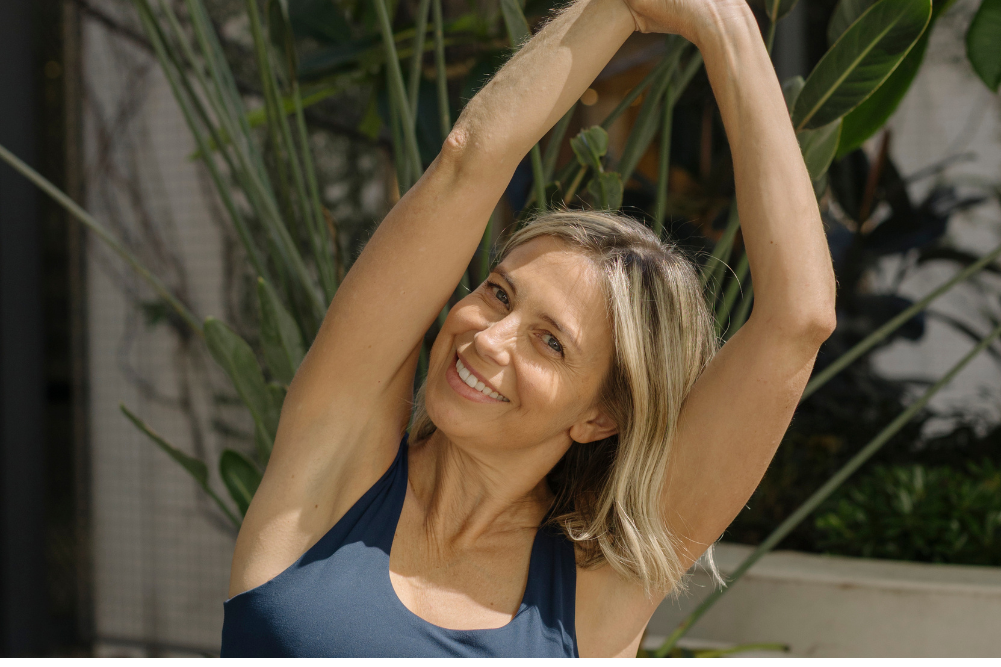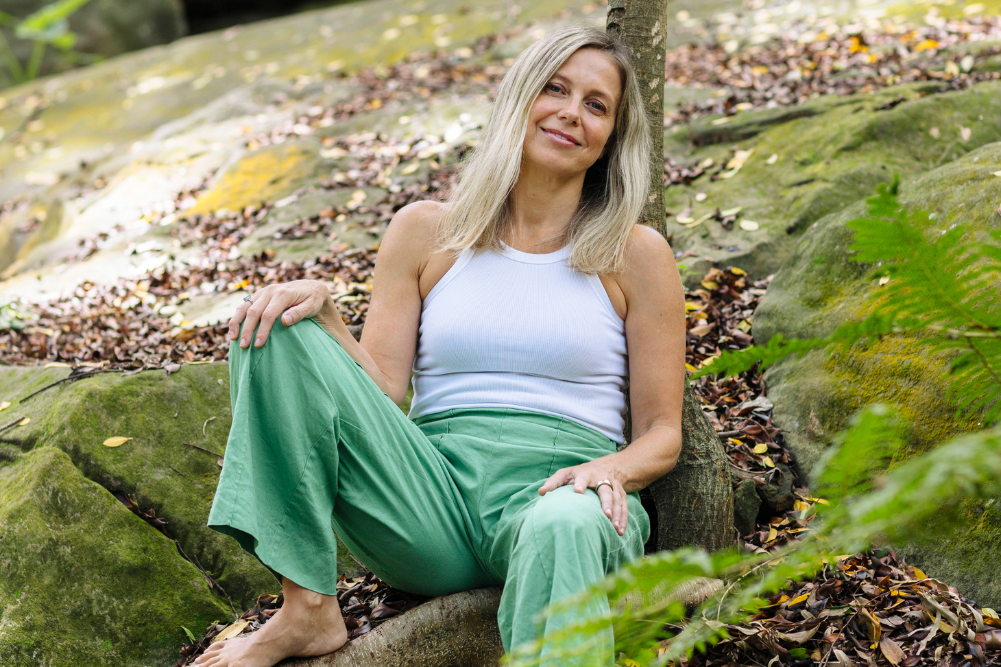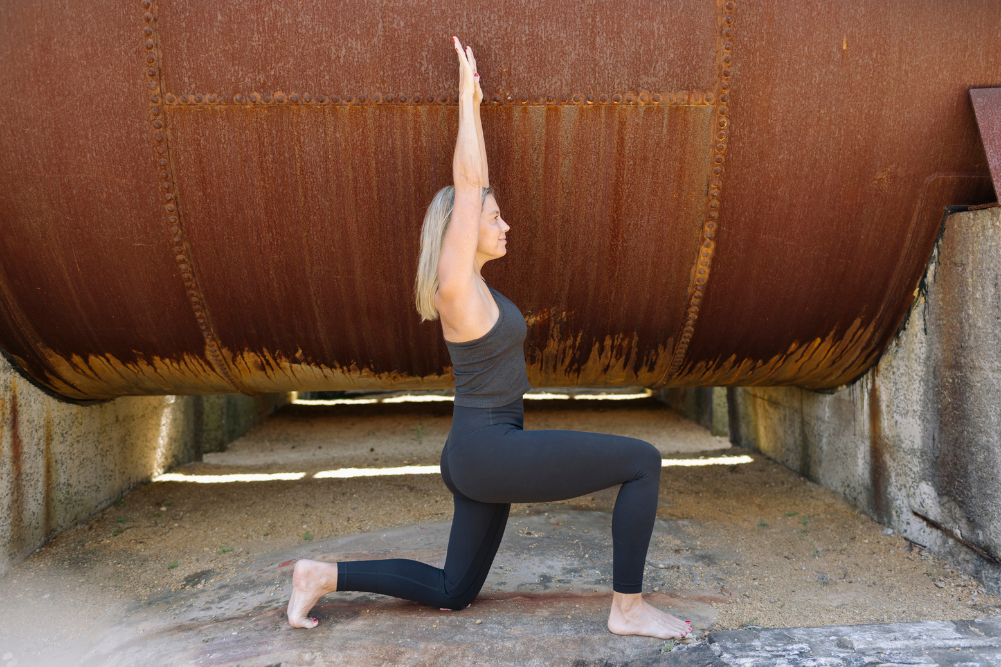Yoga and vagus nerve
There has been much fanfare in recent years about the vagus nerve (VN), with every podcaster, wellness influencer and yoga teacher preaching its capacity to moderate our wellbeing. But given most of us had probably never heard of the now-trending VN until recently, what exactly is the big deal with this big nerve, and how can we use our yoga practice to harness its power?
Parasympathetic nervous system
The etymology of the word “vagus” gives us some insight as to its function. “Vagus” comes from the old Latin “wandering”, and this is exactly what the VN does. The VN is a long and complex cranial nerve that meanders through so many parts of the body, it impacts many different aspects of our system. The VN makes up around three quarters of the parasympathetic branch of the autonomic nervous system and therefore plays a crucial role in regulating various bodily functions, including the heart rate, digestion and respiratory rate. Vagal tone indicates how well the vagal nerve is functioning, and a 2010 landmark study found that those with higher vagal tone had better overall heart health, lower levels of inflammation and a profound effect on aspects of wellbeing beyond our physical health.
Social and psychological wellbeing
In a study by social psychologists Barbara Fredrickson and Bethany Kok, genuine moments of social connectedness between people triggered the parasympathetic nervous system, toned the VN and created positive emotions. Participants also had stronger social bonds and exhibited better emotional regulation. In 2013, further research by Fredrickson and Kok found that practising loving-kindness meditation with yourself and others was the key to turbo-charging this upward spiral of vagal tone. There is an increasing understanding in the world of both psychology and physiology that working with the mind-body connection through body-based practices is the most effective way to address both physical and mental health issues.
Polyvagal theory
Polyvagal theory (PVT) offers a framework for understanding one way this mind-body connection plays out. PVT expounds how the autonomic nervous system, especially the VN, dictates our behaviour and overall health. We can either respond with calm and switch on the ventral vagal complex (VVC), which is associated with social engagement and feelings of safety. Or we may be mobilised, when the sympathetic nervous system (SNS) is triggered, stimulating the fi ght-or-fl ight response. Or immobilised via the dorsal vagal complex (DVC), which is related to our “shutdown” responses. These neural circuits are activated in response to what happens around us, our environmental cues and how safe we feel.
The gunas
Another framework we see embodying this mind- body connection, one of the yoga physiology models, is that of the gunas. Yoga philosophy says the gunas are fundamental qualities that constitute all of nature. Sattva represents clarity, harmony and balance. Rajas denotes activity, energy and movement. And tamas signifies inertia, darkness and stagnation. According to yoga, the interplay of the gunas influences an individual’s physical, mental and emotional states. The mental state will impact the physical and vice versa.
Polyvagal theory meets the gunas
The similarities between PVT and the gunas lie in these parallel structures. Sattva and the relaxed VVC are both associated with states of social connection and calm wellbeing. Rajas and the mobilised SNS both relate to activation and energy. Tamas and the immobilised DVC both correspond to withdrawal and conservation of energy. Understanding this connection between the gunas and PVT provides a comprehensive perspective on how yoga practices can influence our nervous system and therefore our overall wellbeing. PVT suggests self-regulation and social connection are key in promoting relaxation and reducing stress, and yoga is a tried-and-tested way to foster these qualities.
Yogic practices
Awareness of imbalances in the gunas and the associated neural circuits allows us to choose practices that restore balance. For example, calming, yin-based yogic practice may help bring you back into a sattvic state. Conversely, activating yang practices may help reawaken your system. Ultimately, all yogic practices are aimed at bringing you back to a sattvic state, where the VN is toned and the nervous system is purring like a kitten, rather than roaring like a hot V8 engine in overdrive.
Yogic tools for the VN
Asana (physical poses), Drishti, meditation and mindfulness cultivate awareness and clarity, reinforcing sattva and facilitating a harmonious autonomic state. Pranayama (breathwork) stimulates the VN, activating the calm VVC and supporting sattvic qualities. Research has found that controlled breathing patterns, characterised by slow, deep inhalations and extended exhalations, directly stimulate the VN. This stimulation enhances parasympathetic tone, promoting a state of relaxation and counteracting stress responses. Chanting activates the vocal chords, stimulating the VN at a vibrational level. Integrating these tools and practices supports emotional regulation, stress reduction and greater resilience.
The beauty of all this is that we can work with the VN in lots of different, practical ways as we become more conscious and mindful. Taking regular breaks, exercising, stretching and gentle massage are all helpful. Reflexology, short-term exposure to cold temperatures like cold plunges or ending showers with cold water, as well as fostering feelings of awe through music, nature or meaningful experiences have also been shown to stimulate the VN.
Practice
This holistic sequence targets the main areas through which the vagus nerve travels (neck, chest and belly) using tools shown to support vagal tone and keep you sattvic — so you can carry on.
Cat-cow
Set yourself on all-fours, shoulders over wrists, hips over knees. On an inhale, slide shoulders away from the ears, shoulder blades down the back and tailbone up. Exhale reverse, pulling pubic bone towards ribs, arching the back and pressing the earth away. Repeat for a few rounds.
Neck stretch
Seated comfortably, supporting the buttocks if you need to be grounded, reach your right arm overhead and place right hand on left ear. If your neck is well, gently reach left fingers down to the earth as you reach the skull up and over to the right. Gently move the chin slowly forward and back to find any little sticky spots. Stretch the left side of the neck and take a few slow breaths. Swap to the other side.
Heart-opener
Still seated, interlace fingers at the base of the spine. Gently slide wrists towards earth and away from your lower back as you broaden collarbones and open the chest. Take a few slow breaths.
To deepen, from kneeling, tuck the toes under, set knees outer hip-width apart, hips over knees, hands to hips. Either keep hands on hips, lifting front of pelvis up and lift sternum up and open the chest. Or take hands into sacrum, fingers pointing up or down, open chest to sky, perhaps reach fingers down to catch heels. Otherwise keep hands supporting lower back. Take a few slow breaths and inhale to lift back up and sit on heels for a few moments.
Side bend
Reach right hand or forearm to the earth as you stretch left fingertips over to the right side, stretching the left-side body. Take a few slow, calm breaths and swap to the other side.
Reclined heart-opener with tapping
Recline with the upper body, chest and head on a bolster or blocks, buttocks on the earth. Take a few breaths. Then start to gently tap your fingertips in the centre of your chest, under the collarbones. Take a few breaths as you tap or simply lie with the chest and heart open.
Lying on the belly
Place a rolled-up blanket under the belly. Lie flat and take 10 slow belly breaths, allowing muscles and organs in the region to remain soft. Bend your elbows, stack the hands and let your forehead rest on them. Or turn your cheek to the earth if that feels better.
Prone shoulder stretch
Remove the blanket. Reach your right arm out to the side, either bent or extended, and press down with the left hand or fingers to peel the left side of the chest and body open. Take a few slow breaths. Swap to the other side. Make sure the arm is in a position where it is stretching the front part of the chest, not compressing the shoulder joint itself.
Loving-kindness meditation
Choose a comfortable seat. Take a moment to bring your awareness into your physical body, noticing the quality of your body, especially the space around your heart. Observe the quality of your thoughts and the quality of your breath. Watch the inhale and the exhale. Don’t modify the breath in any way. As you inhale, think of someone you love. Sending them loving kindness. Start with those close to you. And then as you move to the next person, and the next, notice the circle widen. Inhale gratitude, exhale the name or face of someone who pops into your mind. Continue for a few minutes and then shift all your awareness back to the heart space.
Bhramari pranayama
Close your eyes. Take a slow, soft inhale and exhale to empty your lungs. Inhale gently and fully once more. Keeping the mouth closed, hum all the way to the end of the exhale. Repeat for five rounds. (If you wish, you can add a mudra: thumbs close off the ears, index fingers in the corners of the eyes, middle fingers by the nose, fourth finger above the lips and pinky underneath.)
Satsang/sangha
Genuine social connectedness fosters parasympathetic engagement helping this feedback loop. Think of someone who always leaves you feeling harmonious, light, blissful and sattvic. Find some time to catch up with them. Or get to a group class with other yogis or meditators to connect with other conscious beings.








